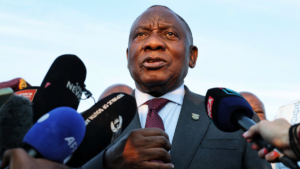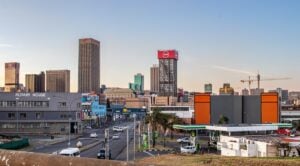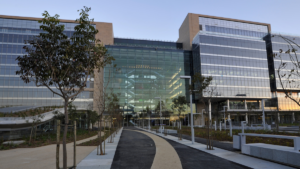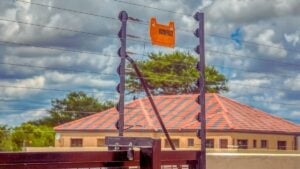South Africa’s next load shedding-sized crisis has nothing to do with power

Minister of Health Aaron Motsoaledi says that his department needs to act now to build new healthcare facilities to avoid falling into the same infrastructure trap as Eskom that led to the load shedding crisis.
Delivering his budget vote speech on Wednesday (9 July), Motsoaledi said that, despite not having enough money to fund all the new builds, the department has no choice but to plan them.
“We do not have any options but to plan in this manner. If we do not, we foresee us experiencing the same problems that Eskom experienced, which led to perennial loadshedding, caused by lack of infrastructure planning,” he said.
The department was given an R64.8 billion budget for the 2025/26 financial year, a significant portion of which would be directed to improving existing health facilities and building new ones.
The minister said that the department is often criticised for not having any plans to improve public healthcare facilities in South Africa, which is used to wave away any hopes that the National Health Insurance (NHI) scheme will become a reality.
However, he said that the department’s medium-term plans should put this to rest.
Specifically, he noted that five new facilities were completed in the previous (2024/25) financial year, while 47 existing clinics and Community Health Centres, as well as 45 hospitals, were “substantially revitalised”.
In addition, 403 public health facilities were maintained, repaired or refurbished.
For the current financial year, he pointed to six new and replacement hospitals being under construction, including the country’s 11th flagship central hospital, the Limpopo Central Hospital, valued at R2.2 billion.
These include:
- Limpopo Central Hospital is a flagship hospital for the Province and the Health Sciences Faculty of the University of Limpopo. It is 26% complete.
- Siloam District Hospital in Vhembe in Limpopo to replace an aged facility. This hospital is at 90% of completion.
- Dihlabeng Regional Hospital in the Free State. It is undergoing significant revitalisation. It is 30% of construction.
- Bambisana District Hospital in the Eastern Cape – a new hospital in the OR Tambo District. It is at 82% of construction.
- Zithulele District Hospital in the Eastern Cape in the OR Tambo District. It is at 50% of construction.
- Bophelong Psychiatric Hospital under construction in the North West.
In addition to the new facilities being built, the department has also identified 17 hospital projects for development, which are at various stages of progress. Three of these are replacements for major central or academic hospitals, including:
- Dr George Mukhari Academic Hospital under Sefako Makgatho Health Sciences University in Gauteng.
- Nelson Mandela Academic Hospital under Walter Sisulu Medical University in Mthatha in the Eastern Cape.
- Victoria Mxenge Hospital (formerly King Edward VIII Hospital) is under the University of KwaZulu Natal.
There are also very early plans for three new academic hospitals in provinces where none existed before. This would take the country’s academic hospitals from 10 to 14. These include:
- Mpumalanga Academic Hospital
- North West Academic Hospital, and
- Northern Cape Academic Hospital
The department also plans a new district hospital in “strategic and overburdened” areas.
One of the biggest problem areas is in the Eastern Cape, around Gqeberha (Port Elizabeth), which could be resolved through an additional district hospital.
On top of all the new hospitals being planned, the department is also “on the verge” of replacing old mission hospitals that cannot be refurbished, has five new community health centres in the pipeline and a new psychiatric hospital in Mpumalanga.
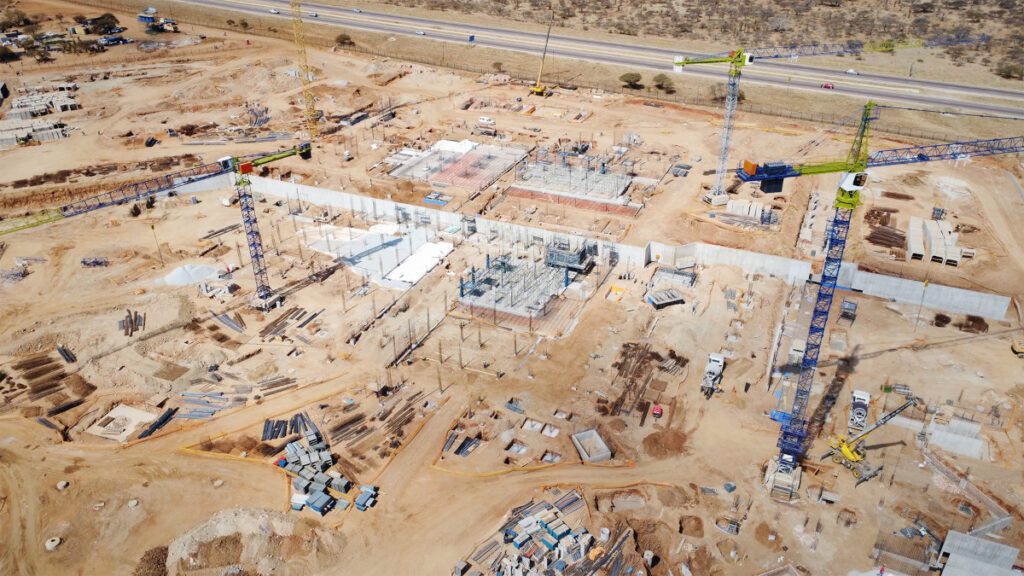
Big plans with no money
The biggest catch with the Health Department’s plans is that it does not have the budget required to make it a reality.
Motsoaledi said South Africa’s hospitals experience extreme overcrowding due to rapid population growth and urbanisation.
As a result, 86% of the population use the public healthcare system, in addition to citizens of neighbouring countries.
While this shows that the need for new healthcare facilities is pressing, the reality is that these substantial projects will take “several years to plan, design, construct and commission”.
“We do not necessarily have all the money for this massive infrastructure injection, but we are speaking to international financial institutions, local financial institutions and other financiers,” he said.
The minister said that the private sector cannot be ignored in this picture.
He said it is one of the department’s main goals for the year to implement “serious reforms in the private health sector”, adding that there is “a lot to do ahead of us”.
Motsoaledi has been unapologetically dogged in pursuing private healthcare reform and the sector’s integration with the NHI.
The NHI aims to make the state the sole funder of healthcare in South Africa, integrate the public and private healthcare systems and infrastructure, and ultimately eliminate medical aid.
The NHI Act is currently facing legal challenges based on the system’s constitutionality.
R2.2 billion Limpopo Central Hospital concept
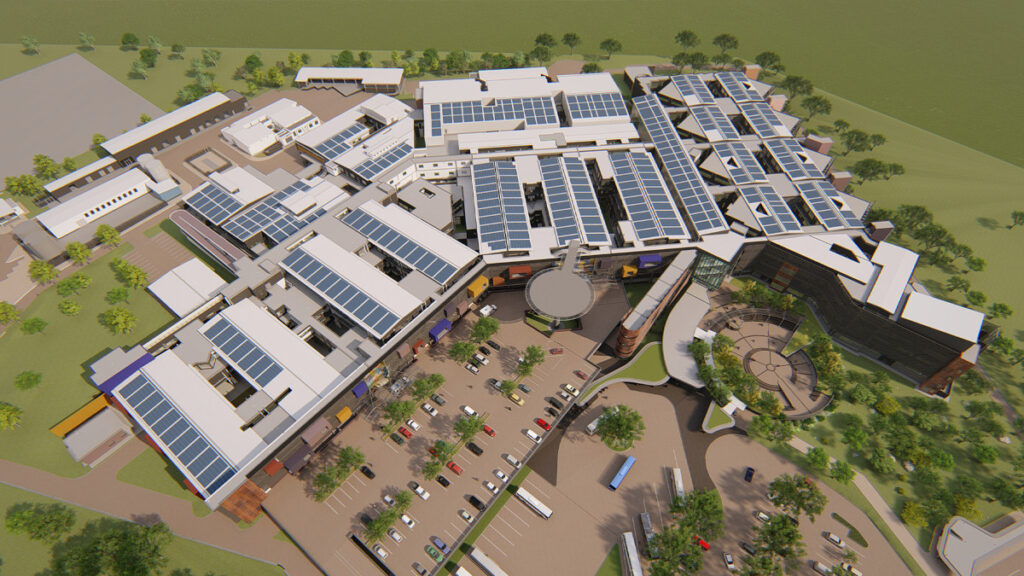
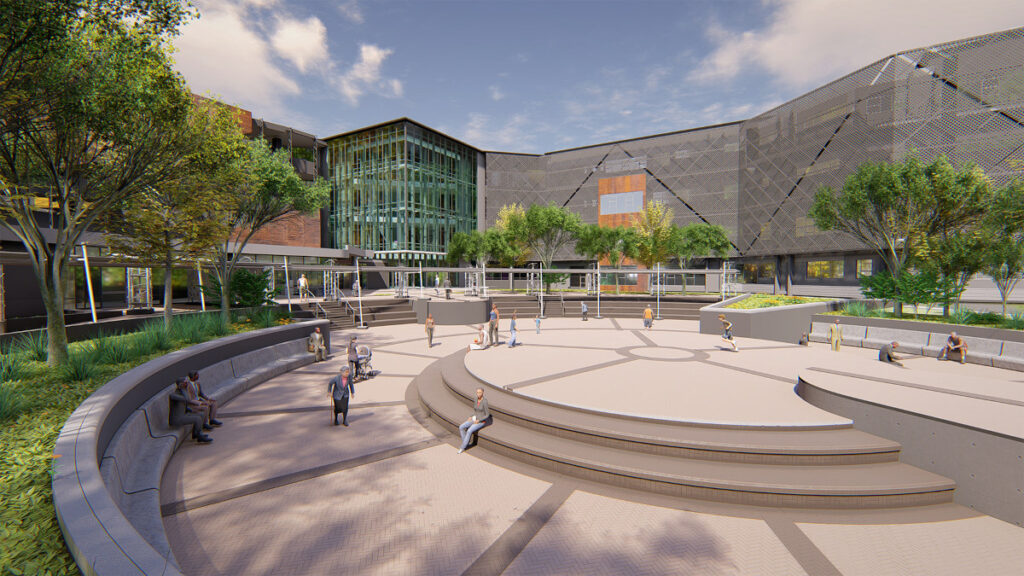
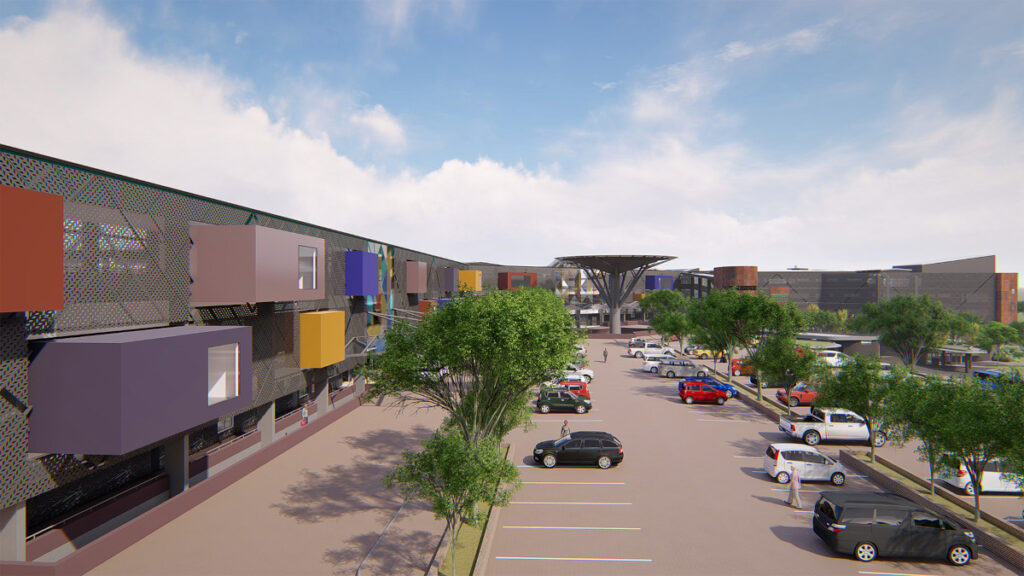
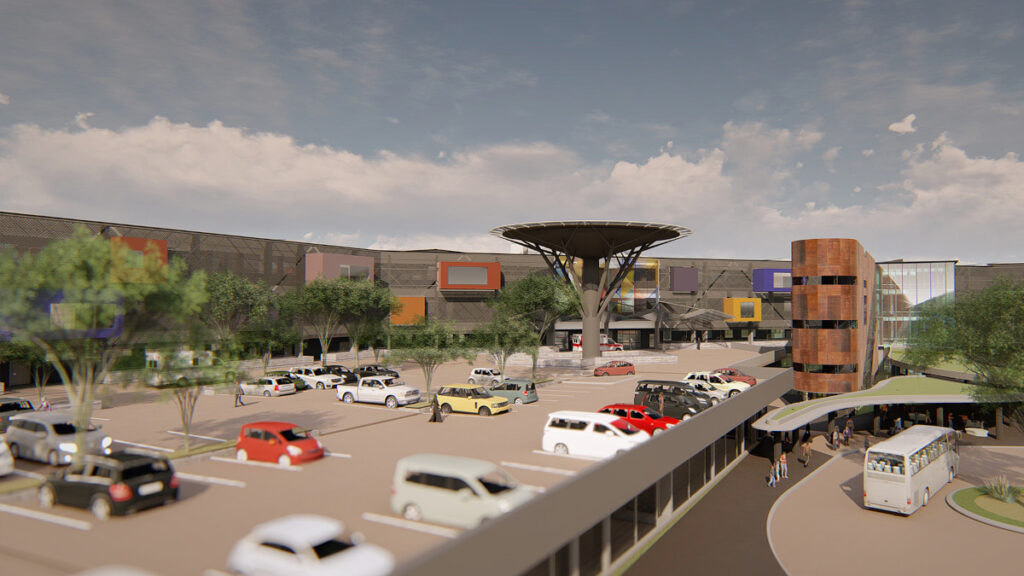
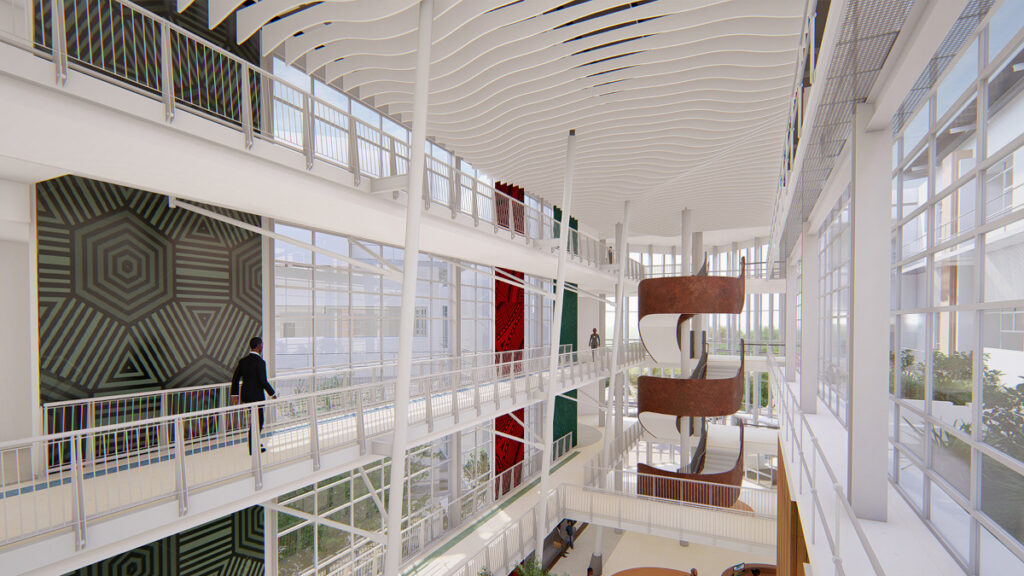
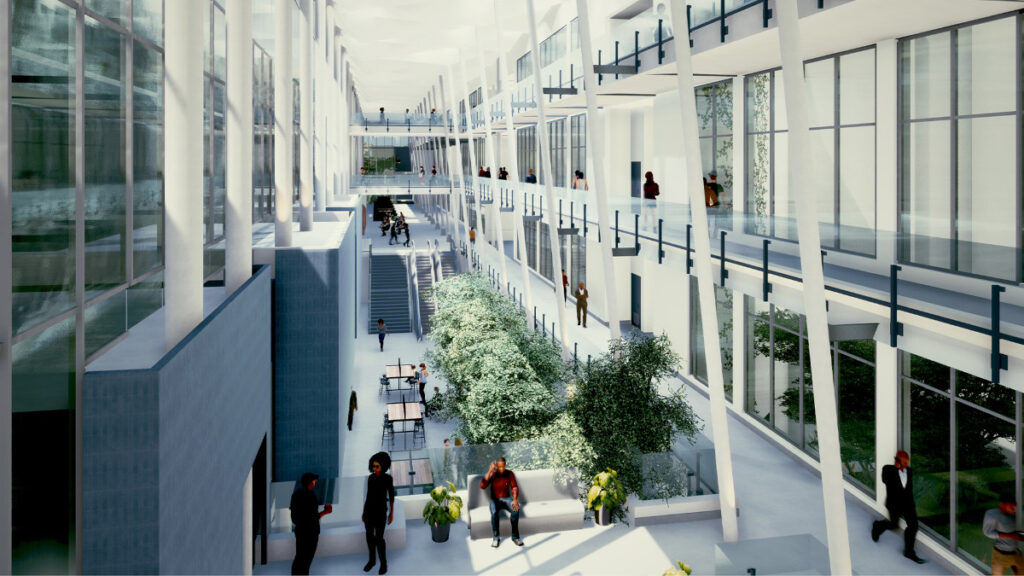
Image source: Hospital Design Group
